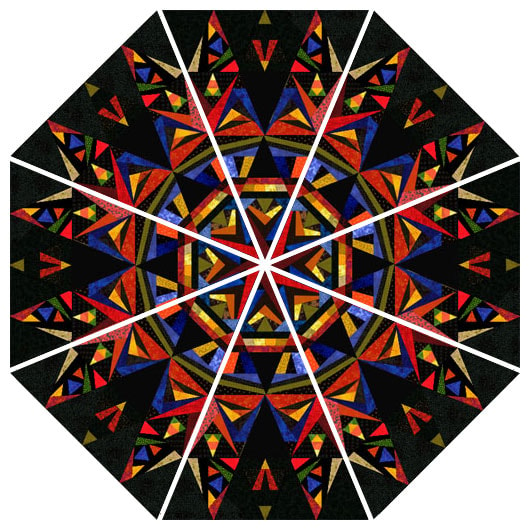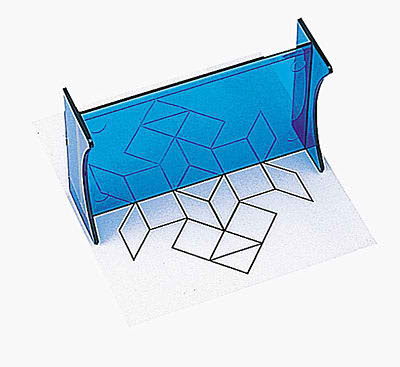STEAM is an educational approach to learning that uses Science, Technology, Engineering, the Arts and Mathematics as access points for guiding student inquiry, dialogue, and critical thinking. The end results are students who take thoughtful risks, engage in experiential learning, persist in problem-solving, embrace collaboration, and work through the creative process. These are the innovators, educators, leaders, and learners of the 21st century! (http://educationcloset.com/steam/what-is-steam/)
For the remainder of the year, we will be incorporating the Arts into our Mathematics classroom along with additional STEAM rotations.
Today we visited symmetry. My students know what symmetry is, however, there were a few terms that I wanted them to learn:
- Axis of Symmetry - a line through a shape so that each side is a mirror image
- Reflectional Symmetry - a type of symmetry where one half is the reflection of the other
- Rotational Symmetry - the shape can be rotated some amount and still looks the same.
Our activity today came from "Kaleidoscopic Octagon: Link Geometry, Measurement, and Art" by Karyn Mazo is from a magazine called Challenge that was published by Good Apple in 1999, Issue 83 pp. 14-15.
In the article, the author gives an idea for explaining the math involved in the art as follows:
Kaleidoscopic Octagon
A lesson in spatial logic, patterning,
geometry and measurement.
The students folded their paper vertically,
horizontally, and diagonally. Using rulers
they measured from the midpoint of their
folds to construct a regular octagon.
Then the students created patterns which
they reproduced in each section of the octagon.
We followed her instructions to create the octagon. During this process I was able to reinforce fractions, naming triangles (isosceles/acute, isosceles/right), lines (perpendicular and intersecting), vertices, etc.
Next, I had the students create a design in one triangular section of the octagon. Since my focus is creating reflectional symmetry and rotational symmetry, I required the students to use a "mira" math reflector. This tool allows the kids to see a reflection of their design in the mira, while also allowing them to see their pencil through the mira in order to trace the design as a perfect reflection.
Using this tool, students reflected their design into each of the eight sections.



No comments:
Post a Comment